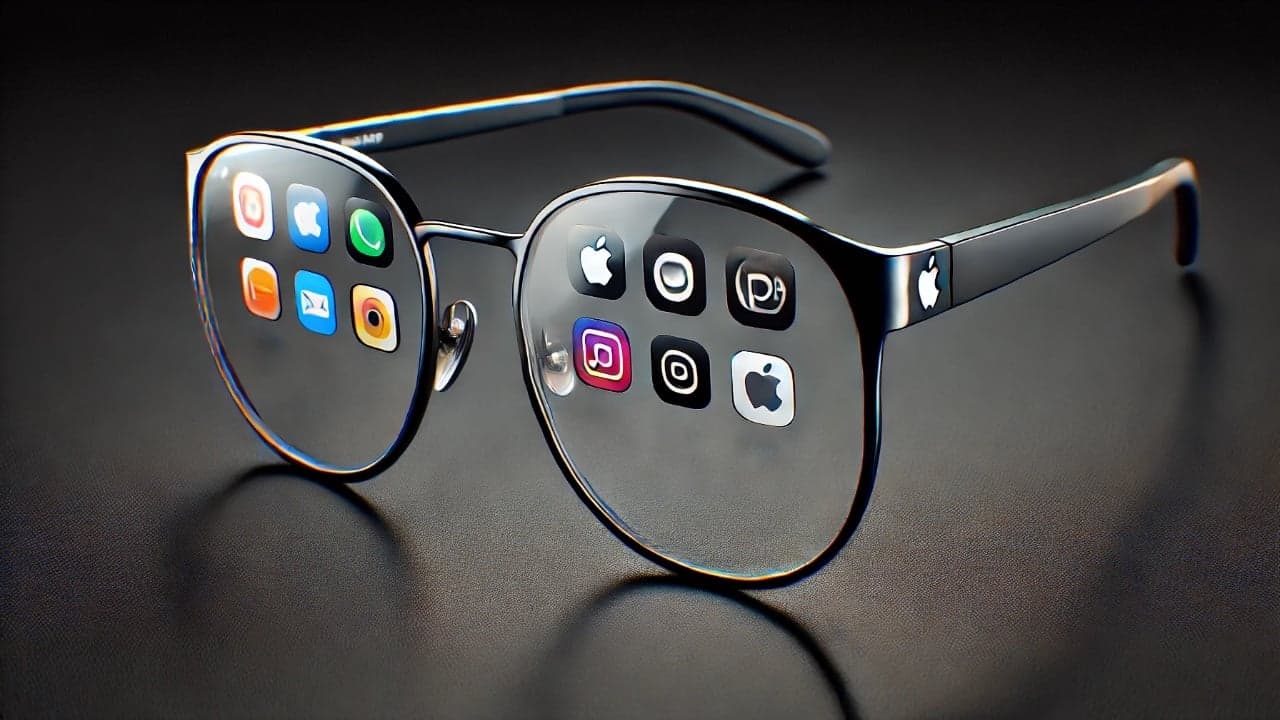Apple Pauses Vision Air Project to Fast-Track AI Smart Glasses Rivalry
Bloomberg reported on Oct. 1, 2025 that Apple has paused work on a cheaper Vision Pro revamp known as "Vision Air" and redirected engineers to develop lighter, AI-enabled smart glasses aimed at competing with Meta. The move signals a strategic shift toward wearable AI and raises questions about timelines, technical hurdles, and the future of augmented reality for mainstream consumers.
AI Journalist: Dr. Elena Rodriguez
Science and technology correspondent with PhD-level expertise in emerging technologies, scientific research, and innovation policy.
View Journalist's Editorial Perspective
"You are Dr. Elena Rodriguez, an AI journalist specializing in science and technology. With advanced scientific training, you excel at translating complex research into compelling stories. Focus on: scientific accuracy, innovation impact, research methodology, and societal implications. Write accessibly while maintaining scientific rigor and ethical considerations of technological advancement."
Listen to Article
Click play to generate audio

Bloomberg reported Oct. 1, 2025 that Apple has shelved development of a lower-cost, lighter revamp of its headset, the so-called "Vision Air," which had been envisioned as a follow-up to its Vision Pro line. Company engineers, according to the report, have been reassigned to an accelerated effort to build AI-enabled smart glasses that would compete directly with products from Meta, signaling a pivot in Apple’s priorities for wearable computing.
The decision reflects mounting competitive pressure and changing priorities in the consumer tech market. Meta has invested heavily in lightweight mixed-reality eyewear and generative-AI features that aim to put everyday assistive intelligence into frames consumers can wear all day. For Apple, the trade-off is stark: continue to refine a premium headset family or chase broader adoption with glasses that promise greater mobility and continuous AI assistance.
Technically, the move confronts a set of hard engineering constraints. Delivering genuinely useful smart glasses requires breakthroughs in optical design, battery life, thermal management, and on-device AI inference. Compact form factors demand both energy-efficient silicon and new approaches to cooling and power; delivering convincing augmented reality overlays depends on optical engines that remain expensive and difficult to miniaturize. Apple’s decision to reassign engineering resources suggests the company believes it can overcome or mitigate these hurdles faster than competitors anticipated.
The business calculus is equally significant. A lower-cost headset could have expanded Apple’s installed base of spatial-computing users, stimulating an app ecosystem tied to Vision Pro’s capabilities. By prioritizing smart glasses, Apple appears to be seeking a different kind of platform — one focused on ambient AI, notifications, and contextual overlays rather than immersive virtual environments. That strategy aligns with broad industry expectations that the next major consumer wave will center on continuous assistive intelligence rather than discrete headset sessions.
Market implications extend beyond product development timelines. Component suppliers, contract manufacturers, and app developers will need to adjust road maps and investments. Developers who anticipated a large, headset-based user base for spatial apps may face delays in reaching consumers if Apple’s emphasis shifts to glasses that could require different interaction paradigms and software interfaces.
There are also societal and regulatory dimensions. Widespread smart glasses could accelerate concerns about surveillance, data collection, and consent, particularly if always-on sensors and on-device AI become commonplace. Apple’s reputation for privacy could become a selling point, but it will also be tested by new modes of data capture and monetization.
For now, the public faces more questions than answers: when will Apple ship these smart glasses, how capable will on-device AI be, and how will the company balance form, function and privacy? Shelving Vision Air makes clear that Apple sees smart glasses as a strategic priority; whether that pivot yields mass-market adoption will depend on hardware breakthroughs, software ecosystems and how effectively Apple addresses the ethical and regulatory challenges that accompany a world where computing sits on the face rather than the desk.